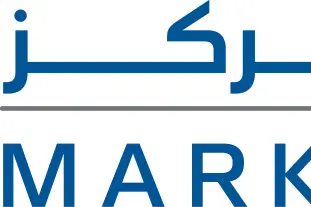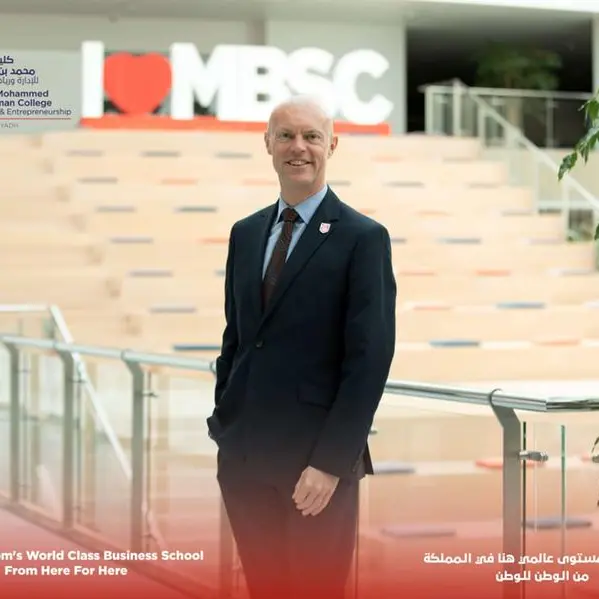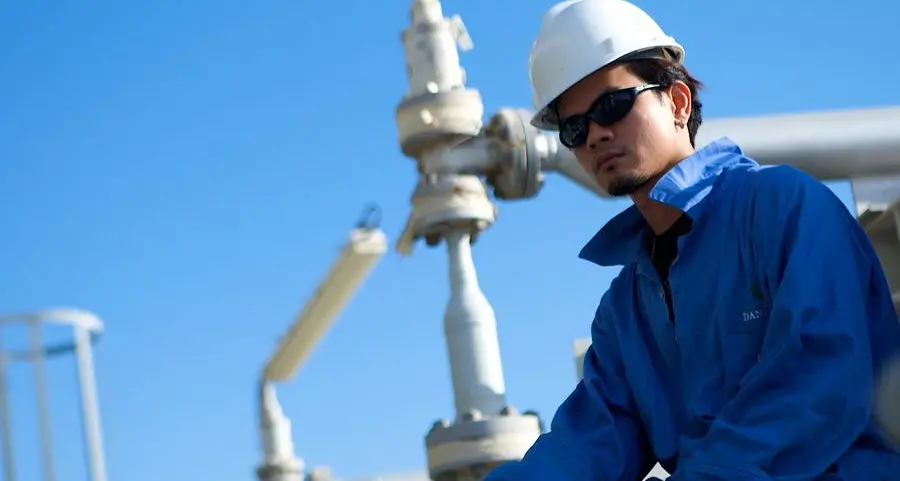PHOTO
Kuwait: Kuwait Financial Centre “Markaz” released its Monthly Market Review report for the month of November 2023. During the month, Global and GCC equity indices witnessed a rise due to the market participants’ belief of no further interest rate hikes by the U.S Fed and the changing geopolitical tensions in the Middle East.
Kuwaiti markets were positive for the month due to the improving sentiment following the de-escalation of geopolitical tensions in the Middle East. However, the fall in oil prices coupled with the IMF expectations of declining GDP for Kuwait in 2023 resulted in the underperformance against other GCC markets barring Bahrain. Kuwait’s All Share Total Return Index posted a monthly gain of 1.9%, driven by positive performances from all sectoral indices except Insurance and Consumer Discretionary. The Basic Materials and Energy sectoral indices were the largest contributors with returns of 6.5% and 4.7% respectively. Banking stocks posted a gain of 1.2%, especially driven by KFH (Kuwait Finance House) with a gain of 2.2%. KFH rallied owing to the belief of revival in credit growth along with the announcement of Tam’s launch, a sharia-compliant digital bank targeting the youth. Arzan Financial Group, National Investments Co., and Alimtiaz Investment Group pared back their decline in October, increasing by 20.3%, 19.9%, and 10.4% respectively during the month due to improving investor sentiment. Among Premier Market stocks, HEISCO continued its positive performance with a gain of 10.9% on the back of bagging new contracts consistently.
The S&P GCC composite index increased by 5.0% for the month due to decreasing geopolitical risks and expectations of no further rate hikes, serving as a boost especially to the banking stocks. The Qatar and Saudi Arabia equity indices were the largest gainers with 5.4% and 4.6% respectively during the month. Qatar’s banking stocks were the main driver of the performance, especially with Masraf Al Rayan, Qatar Islamic Bank, and Qatar National Bank increasing by 18.4%, 9.2%, and 5.4% respectively during the month. Saudi Arabia’s performance was primarily driven by two major banking sector stocks, Al Rajhi Bank (13.9%) and Alinma Bank (8.8%). Dubai and Abu Dhabi’s indices increased by 3.0% and 2.3% respectively. Dubai’s real estate stocks pared back their losses in October, with Emaar Properties and Aldar Properties increasing by 13.5% and 10.0% respectively. Among the blue-chip stocks in the GCC market, Al Rajhi was the strongest performer on the back of stellar results in Q3 2023.
Global and U.S. markets performed strongly during November due to cooling inflation data, belief of no further U.S. Fed interest rate hikes, and diminishing effect of the geopolitical conflict in the Middle East. The MSCI World index and S&P 500 indices increased by 9.2% and 8.9% respectively in November. Ten of the eleven major S&P 500 sectors recorded a positive performance, led by the stocks in the Information Technology sector. U.S. inflation reduced to 3.2% in October from 3.7% in September. The market is also pricing in potential rate cuts in H2 2024. The MSCI EM index increased by 7.9% for the month despite the underperformance of China.
During the month, S&P opined that Kuwait’s budget deficit is expected to average 14% of GDP between 2023 and 2026, primarily due to high spending. Dubai announced a highly expansionary budget for 2024, with planned spending rising 17.2% from the 2023 budget level. According to OPEC, UAE’s non-oil growth is expected to remain robust in 2024 supported by increased business confidence, government reforms, and household spending.
According to Fitch ratings, ESG sukuks are gaining popularity in the UAE, with the COP28 event scheduled from November 30 to December 12. ESG sukuks have increased over the past few years, comprising 12% of the sukuks outstanding in Q3 2023, with expectation of increasing to 17-20% of the total sukuk issuance in the medium term.
The yield on the 10-year U.S. Treasury note declined to 4.3% during the month after the highs close to 5.0% in October. The pause in interest rate hikes by the U.S. Fed and policy minutes generally perceived as dovish, led to the decline in yields.
Oil price settled at USD 83 per barrel, recording a monthly loss of 5.2%. Oil prices fell with the de-escalation of geopolitical tensions in the Middle East and concerns over global oil demand. China’s manufacturing activity lagged during the month, evidenced by the November manufacturing PMI weakening to 49.4 from 49.7 in October, going further into restrictive territory. Additionally, concerns over increasing supply from non-OPEC countries also resulted in lower oil prices. The U.S. weekly production of crude oil was at the highest level ever for the last two months (13.2 million barrels per day). Gold price ended above $2,000/oz. and closed with a 2.7% monthly gain in November with concerns from investors on a possible spillover of the Israel-Palestine conflict. Natural gas prices declined by 21.6% during the month with record output and rising inventories in the U.S.
Kuwait’s real estate market has recovered in recent months, due to the Central Bank’s decision to maintain interest rates at the same level in line with the U.S. Fed. Real Estate sales in October witnessed an uptick according to the Department of Real Estate Registration and Documentation, with the total value of contracts rising by 48.2% y/y. The market was also buoyed by the Kuwait Cabinet’s directive to initiate necessary preparations for the construction of a residential city in the northern region.
The outlook for global equity, commodity, and fixed income markets for December hinges on three major factors – i) Geopolitical tensions in the Middle East and ii) indications from the upcoming U.S. Fed meeting and iii) inflation data. A change in the course of geopolitical events and any possible escalation in tensions will have a negative impact on risky assets. Markets will also keenly await further indications from the U.S. Fed regarding the longevity of interest rates remaining at the current level and the stance of the committee for a potential pivot. However, the positive market sentiment is likely to continue into the new year based on the current macro factors.
-Ends-
About Kuwait Financial Centre “Markaz”
Established in 1974, Kuwait Financial Centre K.P.S.C “Markaz” is one of the leading asset management and investment banking institutions in the MENA region with total assets under management of over KD 1.16 billion as of 30 September 2023 (USD 3.75 billion). Markaz was listed on the Boursa Kuwait in 1997. Over the years, Markaz has pioneered innovation through the creation of new investment channels. These channels enjoy unique characteristics and helped Markaz widen investors’ horizons. Examples include Mumtaz (the first domestic mutual fund), MREF (the first real estate investment fund in Kuwait), Forsa Financial Fund (the first and only options market maker in the GCC since 2005), and the GCC Momentum Fund (the first passive fund of its kind in Kuwait and across GCC that follows the momentum methodology), all conceptualized, established, and managed by Markaz.
For further information, please contact:
- Sondos S. Saad
- Media & Communications Department
- Kuwait Financial Centre K.P.S.C. "Markaz"
- Email: ssaad@markaz.com




















